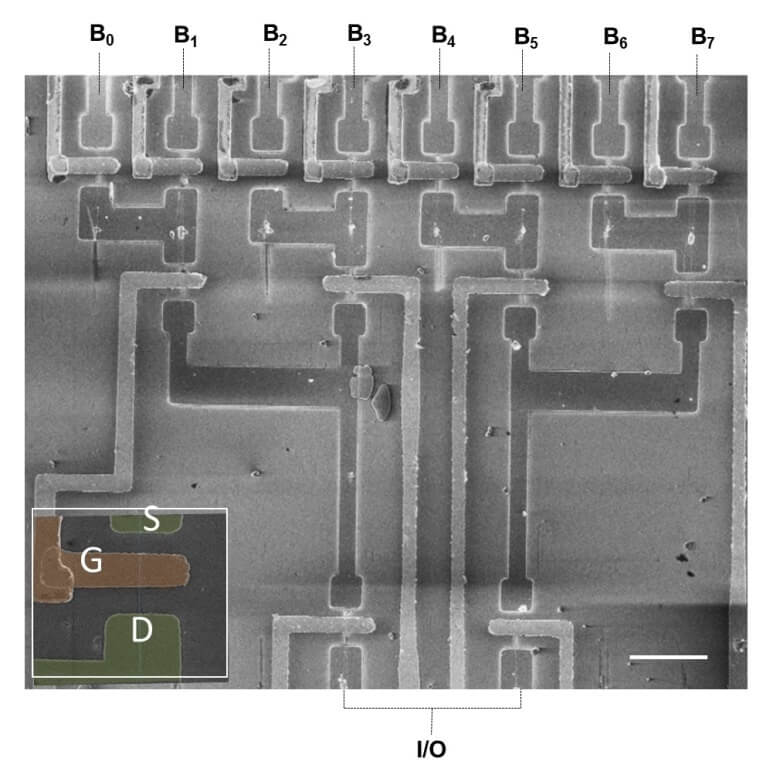Weizmann Institute of Science scientists created self-organizing nanowires, and built them into transistors and logic circuits

One of the biggest challenges facing scientists dealing with nanoelectronics is very similar to the one that concerns parents of small children: how to teach them to "get by on their own". The nanoelectronic components are so small that there is no chance of creating them through external arrangement. They must be "trusted" to organize independently, and provide them with the conditions that will allow this.
Much effort in the field of self-organization is invested in nanowires of semiconductor materials - the basic building blocks of electronic components - but successes in this field have, until recently, been limited. Scientists have indeed developed methods to grow nanowires vertically on a surface, but their shape is irregular and they reach a fairly short length. The difficulties do not end there: after the growth process, the nanowires must be "harvested", placed horizontally, looking for exactly where they fell (since the fall is random), and only then creating electrical circuits from them. A team of scientists led by Prof. Ernesto Yoslevitz, from the Department of Materials and Surfaces at the Weizmann Institute of Science, managed to overcome these limitations, and for the first time produced nanowires that organize themselves independently, while fully controlling their location, direction, and length. The controlled and orderly manufacturing process allowed the scientists to assemble hundreds of transistors and active logic gates from the nanowires where they were formed.
The current achievement, which is published this week in the scientific journal PNAS, based on A method developed by Prof. Youslevitz About two years ago to grow nanowires in a horizontal and orderly manner. In the current study, in which Dr. Mark Schwartzman and David Tzibion from Prof. Youslevitz's group, and Olga Reslin and Dr. Diana Mahlo from the Department of Condensed Matter Physics participated, the scientists wanted to go one step further, and create self-organizing electric circuits from the nanowires. For this they had to achieve more precise control over the position of the nanowires.
To do this, the scientists created a kind of "template" with thin, atomic-sized grooves, which direct the direction of the development of the nanowires, and placed catalysts that constitute the "growth nucleus" of the nanotube in the center of the grooves. This is how they managed to get nanowires with a defined direction, length and position. Later, the scientists created a transistor from each of the nanowires in the template, and managed to create hundreds of transistors at the same time. The nanowires were also used to create a more complex electrical component - a logic circuit called an Address Decoder, which is an essential component in computers. The logic circuit they created successfully translated 3-digit binary numbers into natural numbers. Based on these initial ideas and results, Prof. Yoslevitz was awarded the prestigious European ERC Advanced Grant.
"Our method makes it possible to determine in advance the arrangement of the nanowires so that they fit the electrical circuit we want to create from them, instead of 'imposing' the electrical circuit on the place where the nanowires randomly arrived," explains Prof. Youslavitz. The ability to create electronic circuits of semiconductors that organize themselves effectively opens the door to a variety of technological applications, such as LED devices, lasers, photovoltaic cells, and more.
